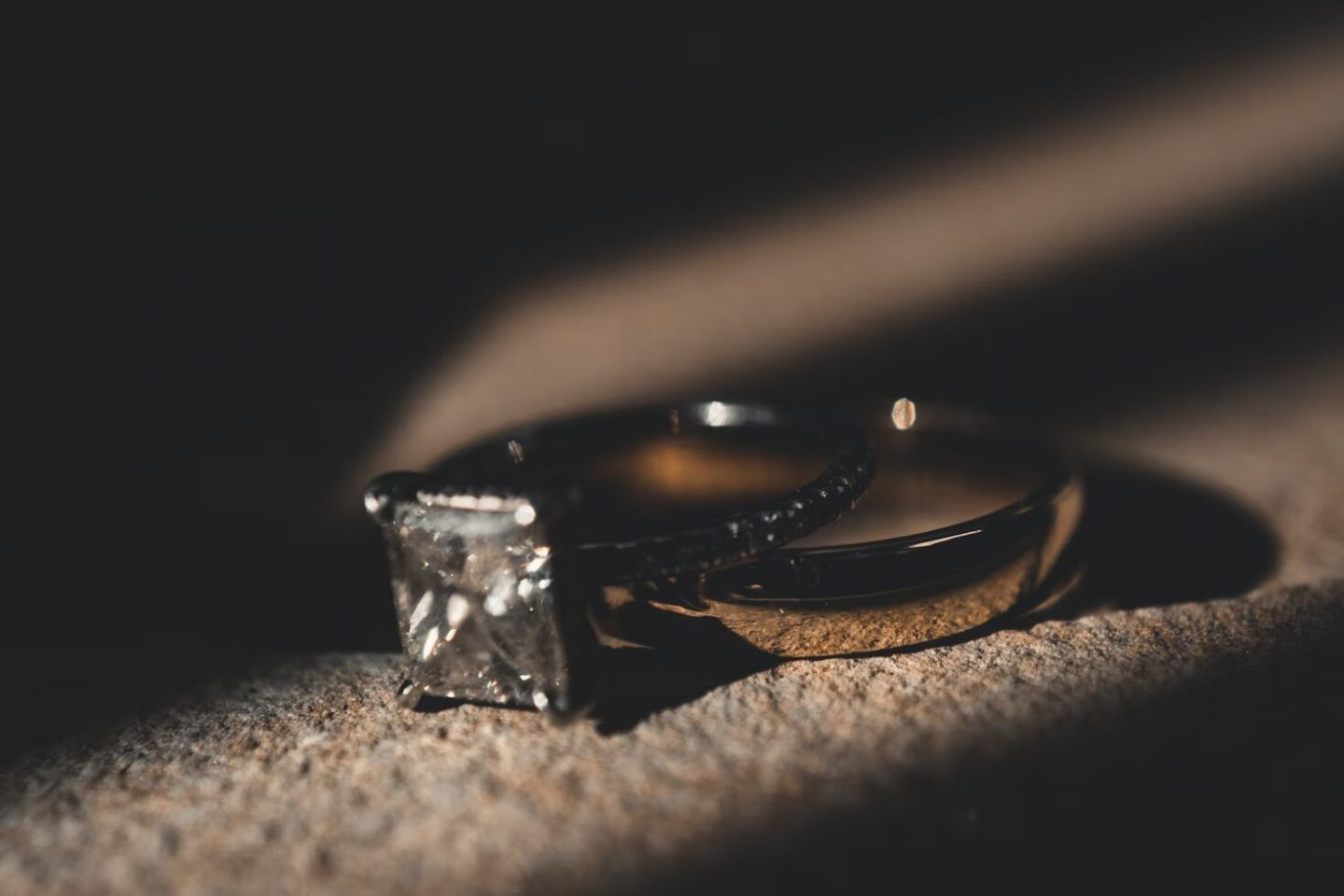A diamond engagement ring symbolizes everlasting love; a bond no one can break. Not everyone can afford that shiny, sparkling stone in the center. That doesn’t mean you have to go without it.
The innovations and strides made in technology are remarkable. Take lab-grown diamonds for instance. A few decades ago they were virtually unknown. How could something so perfect and brilliant be made in a lab?
Simple. Scientists have found a way to mimic the same technique as Mother Nature but speed the process up from billions of years to merely months.
Lab diamonds are growing in popularity. Statista predicts the market to be valued at $52 billion by 2030. However, the precious stone is still clouded in misinformation. Companies like the lab-grown diamond jewelry brand Grown Brilliance are pushing against disinformation and fake news.
In this article, we’ll discuss the jewelry house’s insights into myths surrounding lab-grown diamond engagement rings.
Myth 1: Lab-Grown Diamonds Aren’t Real
This is the biggest untruth that has come from the sector. Synthetic diamonds are just as real as mined natural diamonds.
The only difference? One is made under human-made conditions while the other is mined from the Earth’s crust.
Lab diamonds took years to perfect. When scientists with General Electric created a machine in 1954 that squeezed carbon under 1.5 million pounds of pressure, it resulted in diamonds.
Initially, the minerals were used to cut metal and glass. After refining the process, experts finally created diamonds with the same clarity as those used in jewelry.
The most amazing part? You can’t tell a synthetic diamond from a mined diamond. The similarities are so intricate that even the naked eye won’t be able to pick up the difference. They even share the same physical and chemical properties.
Myth 2: Lab-Grown Diamond Engagement Rings are Tacky
You can’t put a price on love. Ever heard that saying? For many couples, lab-grown diamond engagement rings offer a way into an exclusive club previously reserved for the rich.
Synthetic diamonds are more accessible and attainable, no matter who you are. Yes, you can’t put a value on love but it’s a great feeling walking around with a giant sparkler on your ring finger.
Besides the ethical concerns, engaged couples are more open to purchasing lab diamond engagement rings due to their lower price point. Compared to mined diamonds, cultured diamonds can cost between $500 and $1,500 a carat.
Grown Brilliance says lab-created diamonds cost 40 to 50% less than mined stones. This saving gets passed on to the consumer. The result is a bigger, more brilliant diamond.
Many times, couples choose to design their rings if on a low budget. This option gives them complete freedom over what materials to use, and the cut and shape of the diamond.
Myth 3: Lab-Grown Diamonds Aren’t Certified
Lab diamonds are held to the same high standards and regulations as naturally mined diamonds.
The price of a synthetic diamond hinges on various factors, including the 4Cs – clarity, cut, color and carat. Depending on how much you’re prepared to pay, you can purchase a 1-carat lab diamond ring with a close-to-perfect cut, clarity and color for less than $2,000.
Making the cut as an authentic diamond requires certifications.
The International Gemological Institute (IGI) is one such organization. The lab screens natural and lab-grown diamonds to ensure they are graded accurately.
The Gemological Institute of America (GIA) is a leading authority on diamonds. Your diamond engagement ring is issued with a GIA report which you can authenticate online. The report does include an assessment of the 4 Cs and the GIA report number.
There’s also the Grown Diamond Trade Organization (GDTO). Specifically formed for the lab diamond industry, GDTO aims to unite all the roleplayers within the sector. One of the issues it plans to address is the high cost of diamond reports.
Myth 4: Lab-Grown Diamonds Are a Fad
A-listers like Meghan Markle and Emma Watson are fans of ethical diamonds. They’re representing a generation that considers every big purchase. Consumers are becoming more mindful, and the synthetic diamond market is reflective of the sentiment.
According to the latest research, the majority of consumers consider sustainability and environmental responsibility to be integral to a brand’s DNA. Lab diamonds tick all the boxes when earning their ethical credentials.
Now that Grown Brilliance has busted a few myths about lab-grown diamond engagement rings, you can make a sound decision when purchasing your next piece of investment jewelry.




